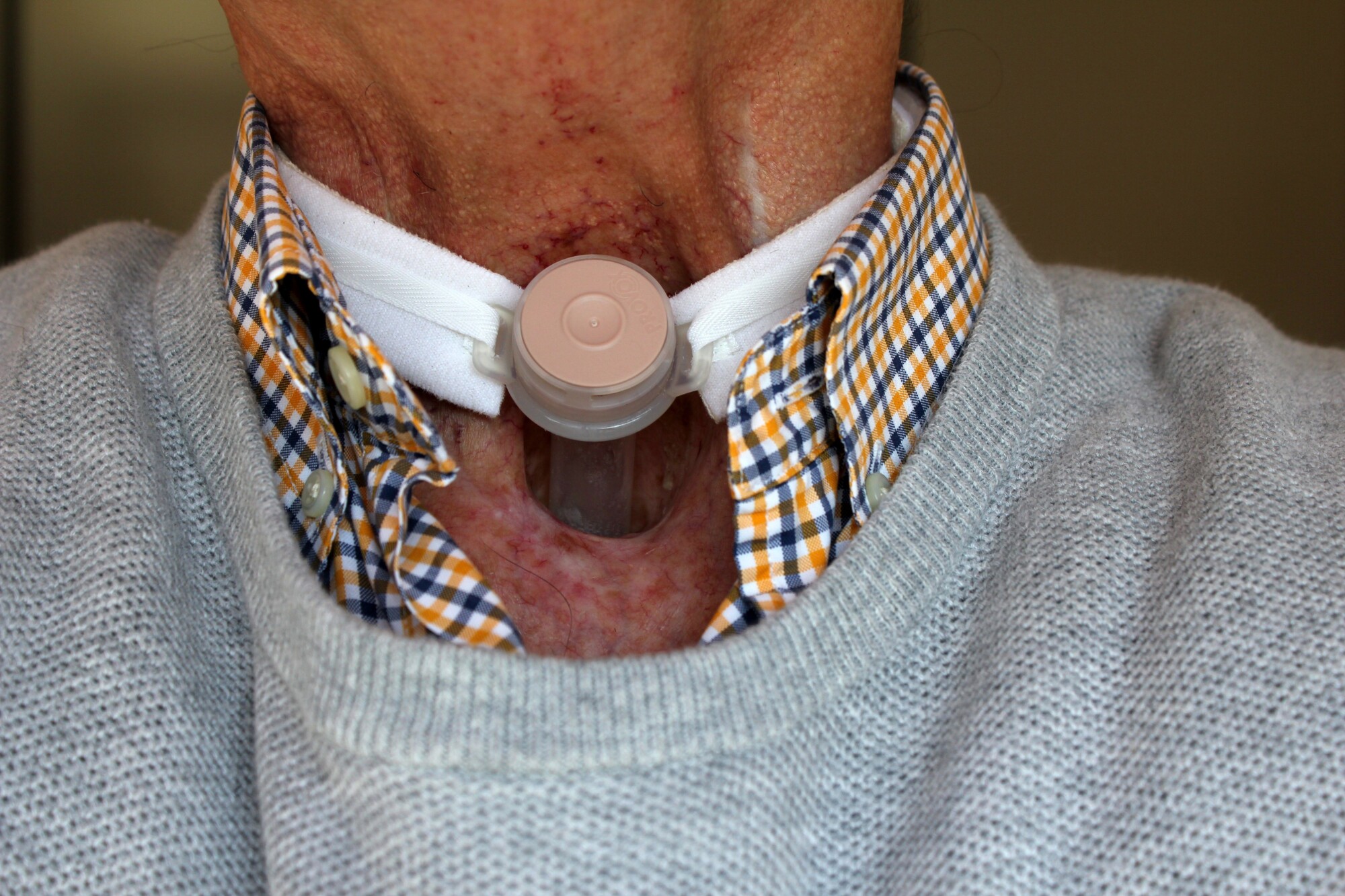Are you currently caring for a patient with a tracheostomy? If so, it’s vital to know how to provide proper care. But you might wonder, where should you start?
If you aren’t familiar with it, a tracheostomy refers to an opening in the neck that passes through the neck into the windpipe. Because of the way it’s built, you should ensure to follow the right guidelines for it. So, exactly how does that work?
We’ve put together a quick guide to explain basic tracheostomy care for patients and caregivers alike. Here’s where to begin!
Contents
What is Tracheostomy?
A tracheostomy refers to a surgical procedure of placing a tube through your neck and into your windpipe or trachea. The primary reason is to open your airway and help you with breathing.
People who need a tracheostomy usually encounter the following signs or complications:
- Upper airway obstructions
- Difficulty swallowing
- Injury that causes breathing issues
- Airway reconstruction due to surgery
- Mechanical ventilation or breathing
Depending on your case, a tracheostomy will be permanent or temporary. If there comes a time you won’t need it anymore, your health care provider will remove it for you. The hole usually closes and heals on its own but a surgeon can also stitch it up for you.
Tracheostomy Self-Care Routine
Some people have to live with a tracheostomy for the rest of their lives. In this case, you might want to know how to care for it without assistance.
If you have to deal with it for a while, your nurse will teach you a care routine to follow to lessen how much checking it requires.
Suction the Tube
You must suction your tracheostomy tube to clear the airway from secretions and potential blockages. This way, it’s easier for air to flow through and help improve your breathing.
To do this, you need a suction machine with plastic tubing, a suction catheter, a mirror, a bowl of water, gauze pads, and clean cloth or paper towels. Be sure to clean your hands before you work on it to prevent bacteria from going through.
Use a mirror to get a clear view of the tube and connect the suction catheter to the machine. Turn it on and carefully pinch the suction catheter to block the suction, then cough to bring out anything.
Make sure you don’t leave the suction catheter in your trachea for longer than ten seconds to avoid shortness of breath. Slowly pull it out when you finish.
Clean the Suction Catheter
It’s vital to clean your suction catheter, especially after it gathers secretion. You can wipe off the outside with a dry gauze and clean the inside by suctioning water through it to rinse.
Repeat as much as you want until there’s no secretion or remains left and you feel satisfied with its cleanliness. Usually, it takes about two to three times before it clears up.
Disconnect it from the machine and place it on a dry cloth or paper towel. When it’s time to empty the secretions from the machine, many recommend doing it in the toilet since it could clog the sink.
Replace Inner Cannula
With trach care, it’s essential to change the inner cannula at least thrice a day. You should remove it every time you inspect it, then change it at least twice a day, during the morning and evening. But if the secretions build up sooner, you should change it as soon as it fills up.
Unless it’s inevitable, limit the number of times you change your cannula to twice daily. If you have to change it more than that often, you might want to contact your healthcare provider.
It’s also good to note not to leave the inner cannula out of the tracheostomy tube for too long. A few minutes is already a lot.
Moisturize the Air
It’s vital to humidify and keep the air you breathe moist. You can place a moist gauze in front of the tube if you need or want more. Doing this lets you filter the air you breathe.
You can keep the gauze in place until it dries out. If you want to replace it, all you have to do is repeat the same steps!
Tracheostomy Guide for Caregivers
If you’re a caregiver handling a patient in sub acute rehab and other specialized care, it’s vital to follow specific care steps to ensure their safety. The following are a few things you should keep in mind:
Secure
It’s important to know how to secure a tracheostomy to keep it from moving out of place even when your patient gets active. Since it primarily helps with breathing, it’s crucial to ensure the tube is secure and comfortable for the patient.
Clean
You should always clean the tube, suction catheter, and surrounding skin to prevent further health complications with your patient. It helps you protect them from infection and viruses that could cause more issues later on.
Suction
As a medical caregiver, you must regularly check the tube to clear and suction whenever necessary. It prevents further blockage and maintains the purpose of the procedure.
Humidify
Humidification is vital since it keeps secretions from getting too thick or crusty. This way, you can easily suction them out of the trachea without requiring further surgical procedures.
You can do so by placing a moist filter near or in front of the tube, installing a room humidifier, or keeping the patient hydrated.
Learn the Basics of Tracheostomy Care to Prevent Complications
Tracheostomy care is important for the patient and caregiver to ensure no further complications occur with the procedure. It’s essential to know the basics if you want to handle yourself and know what to leave to the experts.
Learn more by checking out the rest of our blog!

